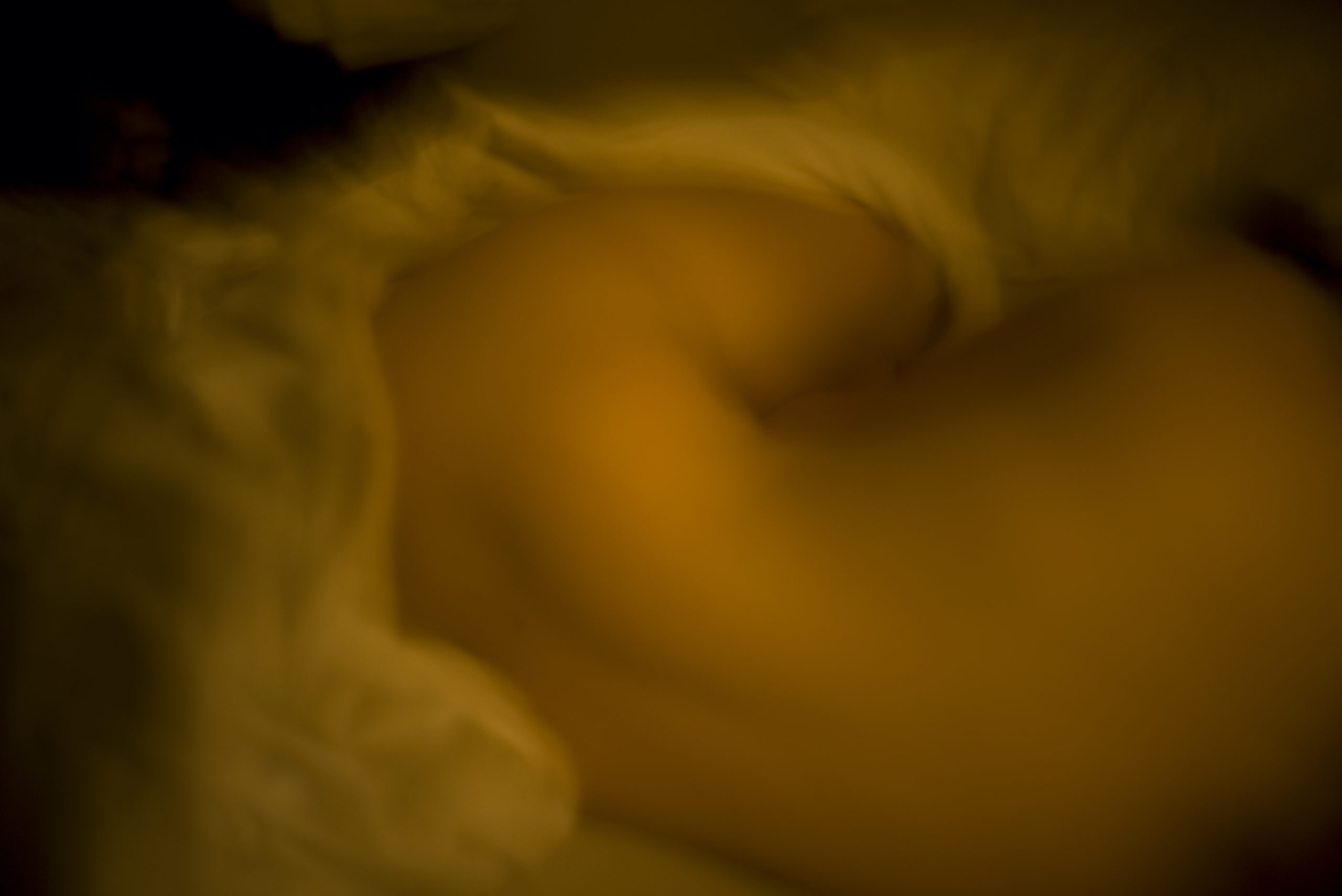Last Updated on 11/11/2021 by Chris Gampat
All images by Mark De Paola. Used with permission.
“I think what makes good art is to engage people and not dictate to people what to feel,” says Mark De Paola. He’s a multi-disciplined creative, working across many industries, inclucing television, art, and photography. His photography series, 60 seconds, is a detailed look at what makes us human. He created the work over eight months, using long exposures as the core technique of the creation of the images. Through the series, De Paola breaks all the rules of traditional long-exposure photography. He holds the camera in his hands, rather than placing it on a tripod. And he doesn’t ensure his subjects are in focus. The result? A series of photographs that depict the natural flow of being human. It’s an extremely compelling project and we wanted to dive in deeper to understand it.
We caught up with De Paolo, who very kindly spoke to us about the project, revealing his creative process and the psychology behind it.
Phoblographer What was your early inspiration for the 60 seconds series?
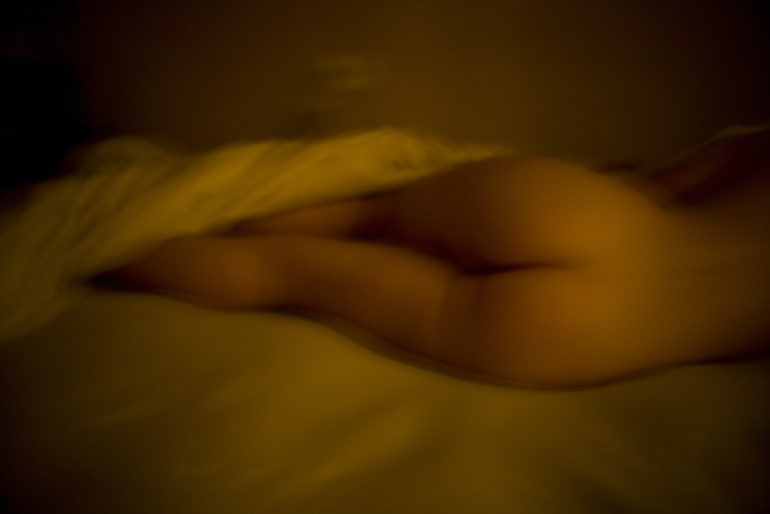
MDP: The first image. I picked up my camera in the middle of the night when I saw the very faint scene before me and pushed the button. It flashed “60,” and I didn’t even know what that meant. I had two choices: put the camera down or hold my breath. I held my breath for 60 seconds. The following 60 seconds, the camera buffered for what seemed like forever, and finally, the image before me on the screen was the beginning of the series. Immediately, to me, it was art.
“Nudity is intimacy, ease, peace, and an element of voyeurism. It is natural, individually engaging, and beautiful.”
— Mark De Paola
Phoblographer: What’s your relationship with your subject, and how did it impact the way you worked together on the aesthetic of the project?
MDP: Actually, there were several subjects as the project unfolded, all shot in the middle of the night with the ambiance from outside of my New York City studio. As I am a director and photographer working in the fashion/beauty/art sectors, I am fortunate to have many willing collaborators. We have a built-in professional friendship, and these relationships allow a project as intimate as this to come to fruition.
Phoblographer: When I look at the images, I see tenderness, isolation, fatigue, and tranquility; what do you see?
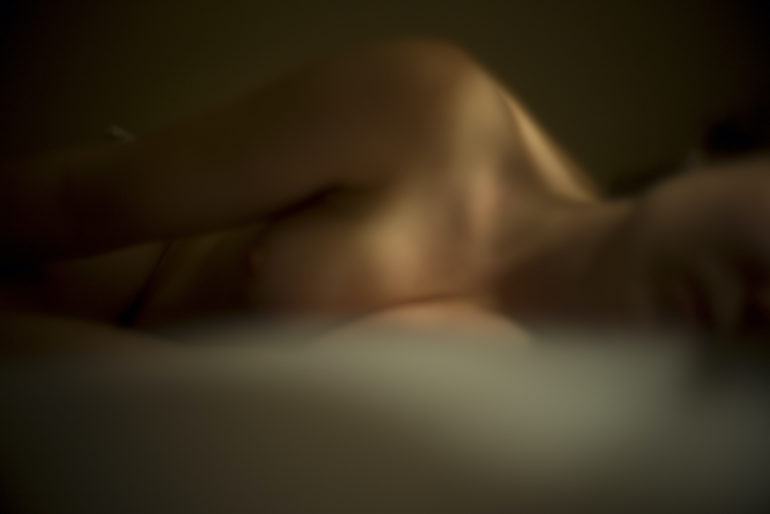
MDP: I see the same, as it, for me, is a depiction of humanity and its complexity. Yes, all of those things and more. It is such a personal series and I feel its success is that it allows the individual to participate in their own way and see and feel it through their own filter and their own lives.
For me, I see a vulnerability, humanity, and layers of energy. There is a term in optics called geometric flux (not such a tender phrase), which describes in scientific terms the nature of light energy reflecting off of a subject. To me that is unique to this series.
Phoblographer: What role do you feel nudity plays in this series?
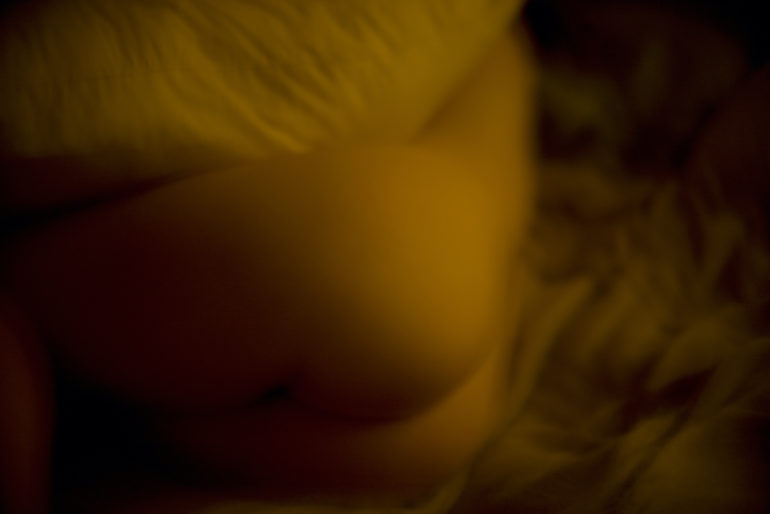
MDP: Nudity is intimacy, ease, peace, and an element of voyeurism. It is natural, individually engaging, and beautiful. The series is not about nudity; it is about evoking an individual emotion of comfort.
When you see just through a piece of glass, there is more humanity as it is the way I see. It doesn’t give me any additional information to influence my vision.
— Mark De Paola
Phoblographer: How did you approach shooting? Did you go with the flow, or did you have a strong idea of how each frame would look?
MDP: No actually, I had no idea at all. As you know, each frame was exposed for 60 seconds (the maximum shutter speed for the Leica M240), wide open, with the Leica 50mm Noctilux F1.0. Under these conditions, the subject was barely visible at all. At that time, we do not employ our cone receptors responsible for seeing color. You see only in black and white using the rod receptors. Everything was shot handheld, without focusing, because I did not have enough information to focus. Probably 90% of the images were shot at minimum focus. I would just set it there at one meter and go with it. Mind you, I have a very good sense for spatial relations having worked in the field for decades, so there is a balance of looseness and technique that had to be employed.
Phoblographer: What is it about the Leica M series that works for you?
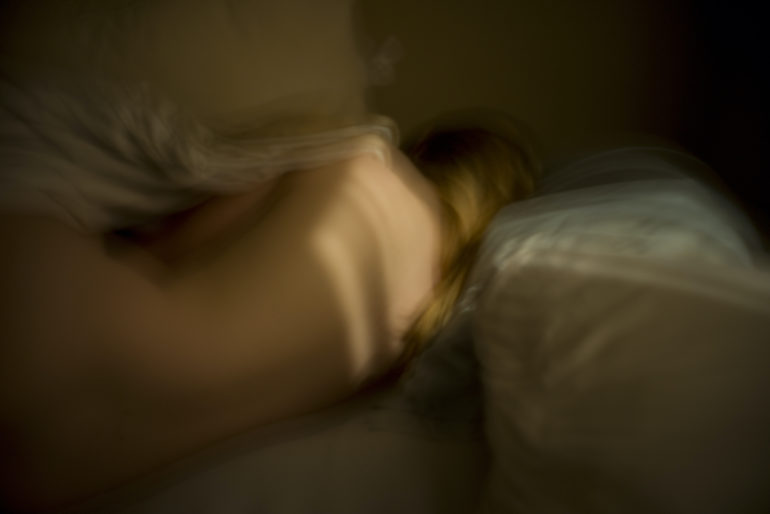
MDP: First off, I have been shooting the Leica M since I was 12 years old. It is a part of me, as people say, literally an extension of me – my way of communicating. And, you have probably heard this before: it is small, it is light, it is confidence-inspiring, and has brilliant optics. One of the most important elements is that I am seeing through a piece of glass, not through the rendering of perspective, acceptance angle, or color coatings, provided by seeing through an optical viewfinder. When you see just through a piece of glass, there is more humanity as it is the way I see. It doesn’t give me any additional information to influence my vision.
In addition, the Leica M does not have a mirror to cause vibration.
Phoblographer: For a 60 second exposure, many would believe you shot the series with a tripod. Was there a distinctive reason to shoot the series handheld?
MDP: Yes, the entire series was shot handheld and is integral to the images because of the movement afforded by breathing and heart rate and the human elements. A tripod would take all of those away rendering a much more rigid and less emotional image.
Phoblographer: What were the biggest challenges of executing the project?
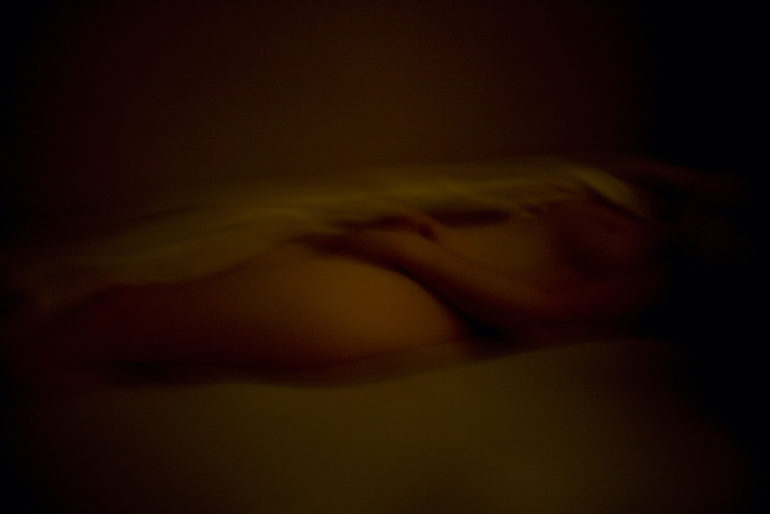
MDP: The 60 Seconds project was shot over an eight-month period. The challenges were more emotional and practical, having to strip away my natural insolation to allow for a natural flow of energy.
The second challenge was in balancing the physiological and technical elements required to shoot. Because the series was shot handheld, each image contains roughly 50-55 heartbeats, and 15-17 inhale and exhale cycles. My father, a professional photographer, was also a marksman. And I used to practice with him early on as a child in learning how to control and quiet your respiratory system in order to practice the sport. I feel these kinds of breathing techniques aided in my ability to steady myself for 60 seconds, which seemed like an eternity.
Phoblographer: From your experience, how does your audience tend to react to the series?
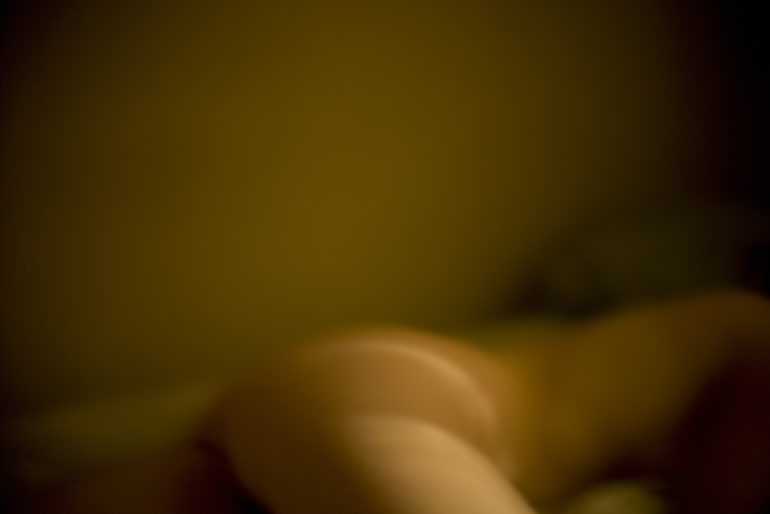
MDP: The series has been very well received globally, with many exhibitions across boundaries and cultures. The reactions have run the gammat, as individual as the people viewing it. There is no one way to perceive it, and that’s what has been so beautiful about it.
Some adjectives I have heard used often are timeless, historical, and voyeuristic.
Phoblographer: Both creatively and emotionally, what did you learn from working on this series?
MDP: I learned what art is, to me.
Phoblographer: Finally, from a scale of 1- 10, how happy are you with the finished product?
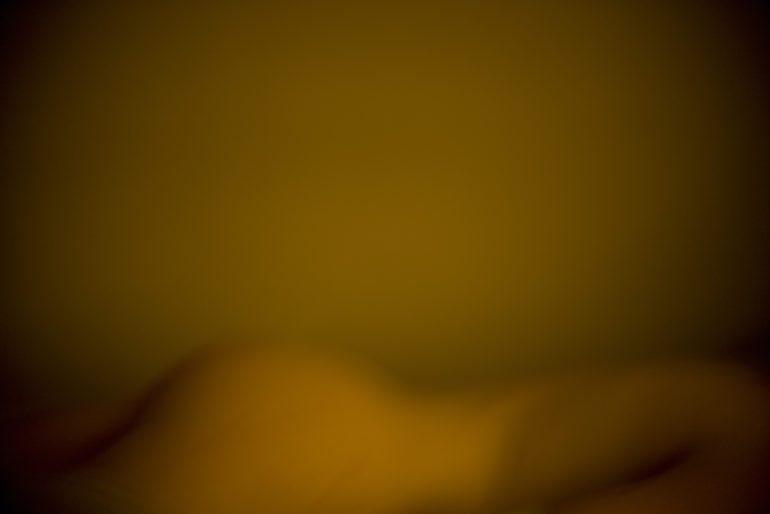
MDP: Beyond 10. I had been asked many times to do a book or to have exhibitions, and as a director primarily making television commercials, and as a fashion, beauty, and portrait photographer, it is a natural crossover. I guess I wasn’t comfortable crossing over until this series. It has literally changed my life as I now focus primarily on art with, of course, 60 Seconds, Art of Backstage, Final Look portraits, and most currently Recent Work, a trilogy of which two have been published, and the third to be released in Paris in the Fall.
You can see more of Mark’s work by visiting his website.


